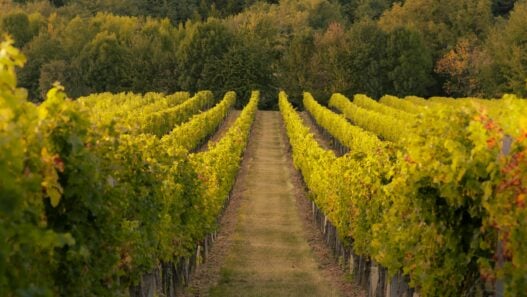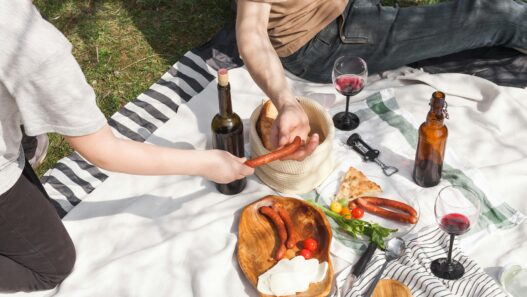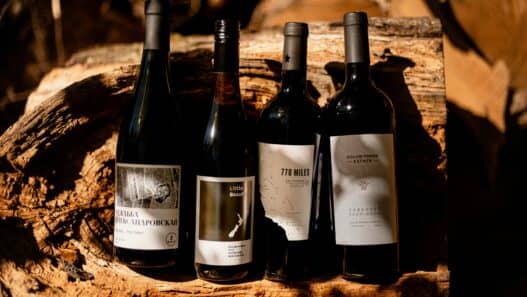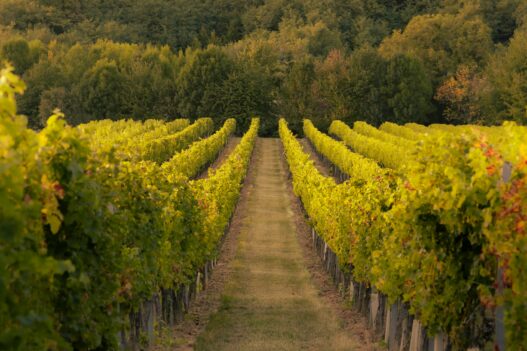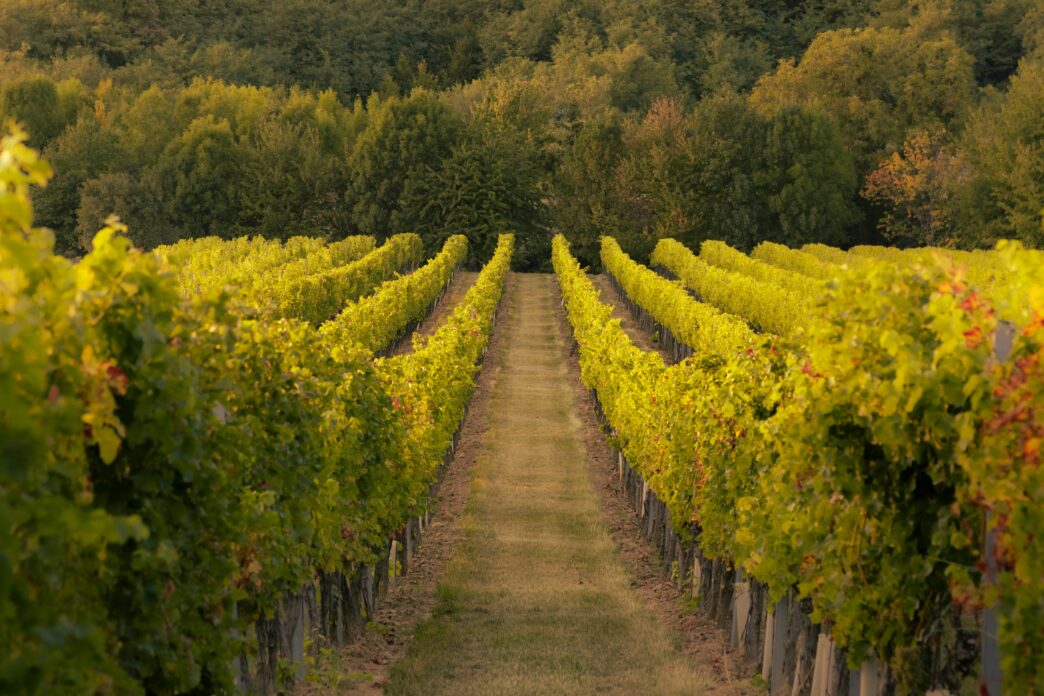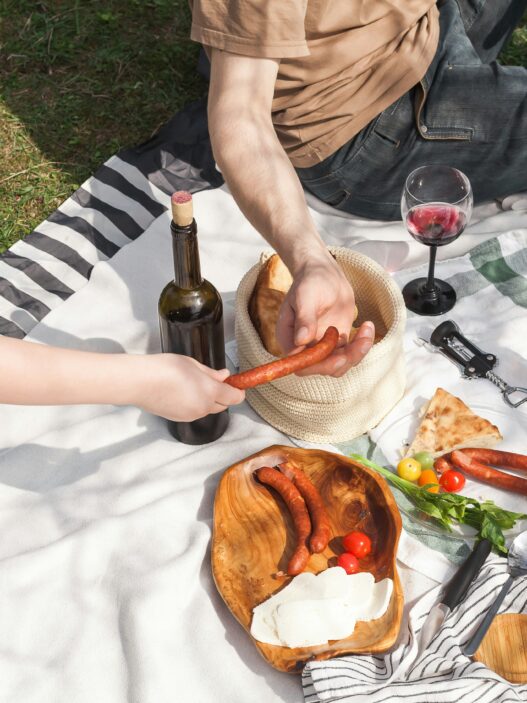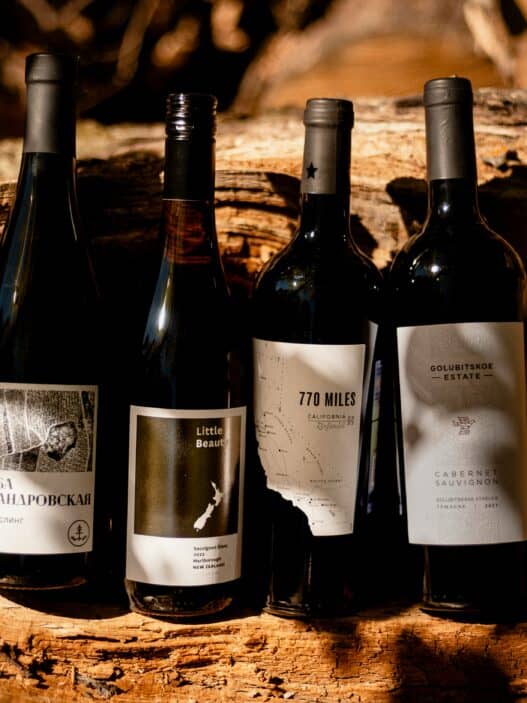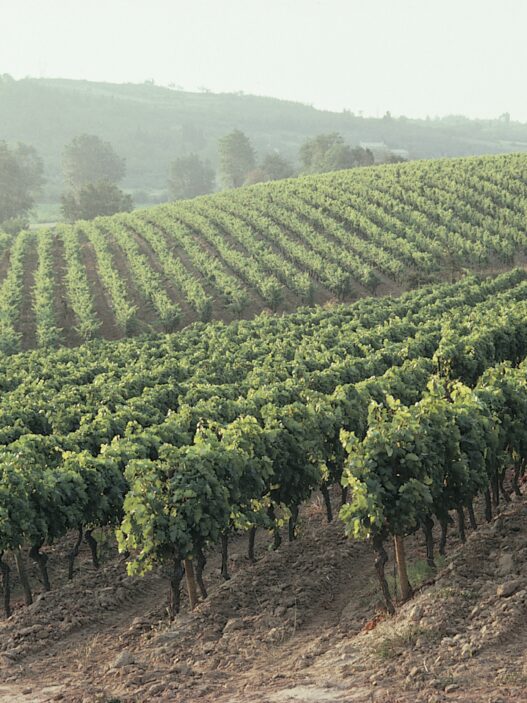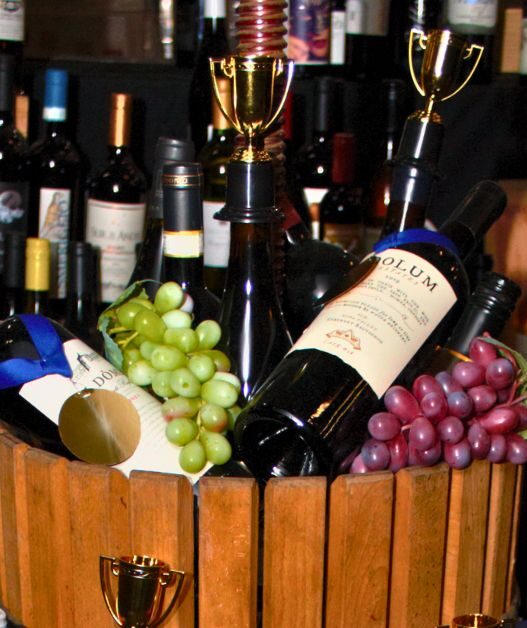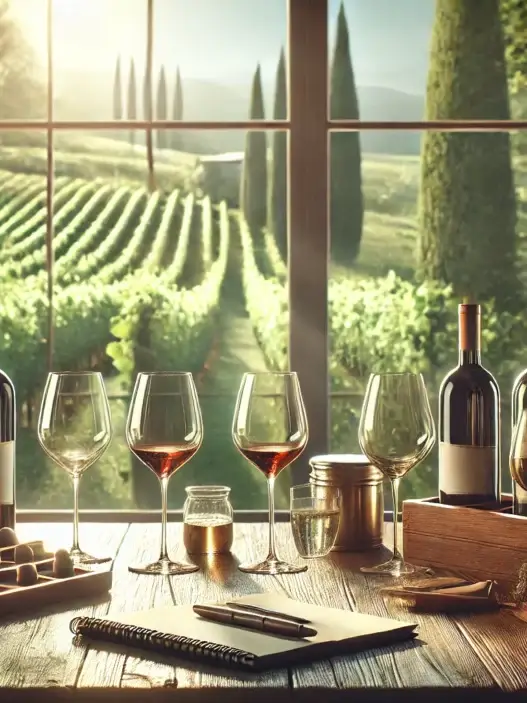Before your wine ever gets bottled, it starts out in the dirt. Vineyards are where the magic begins, and how those vines are grown has more impact than you might think.
Some vineyards look tidy and controlled, with vines lined up in straight rows, neatly trained on wires like they’ve got somewhere to be. Others feel more like a throwback: bushy little vines spaced out like old friends around a campfire, stubbornly growing their own way.
Those two styles—head-trained and trellised—aren’t just about looks. They represent different philosophies about farming, climate, and ultimately, flavor.
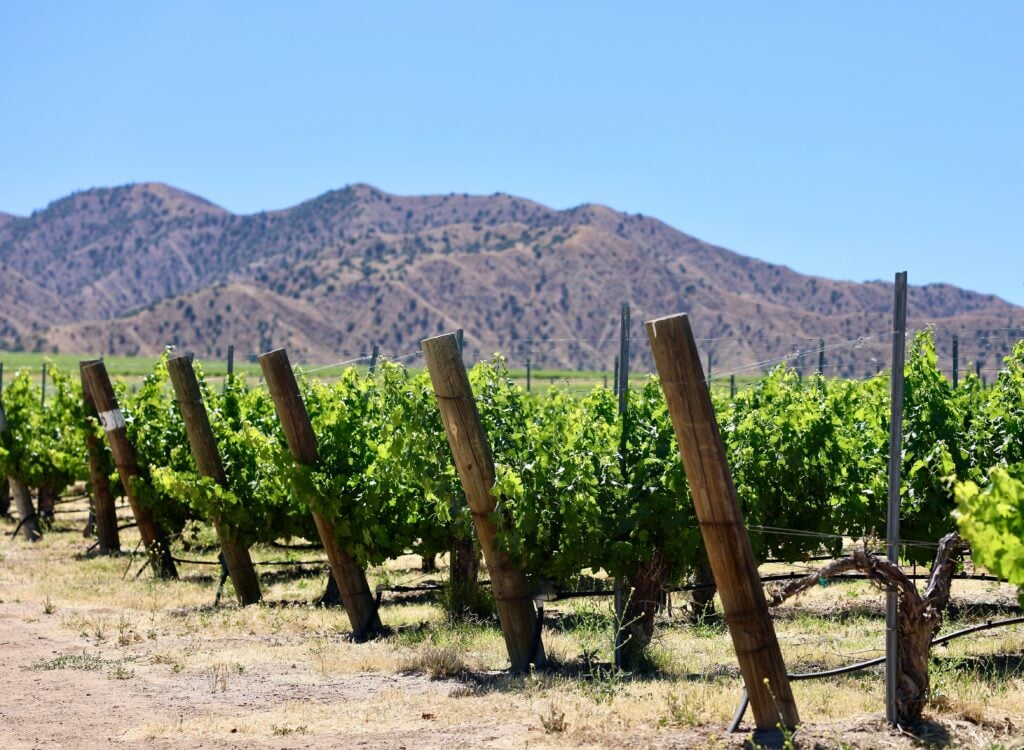
Head-Trained Vines: The Low-to-the-Ground Legends
Head-trained vines (also referred to as “bush” vines) skip the support system. No wires. No trellises. Just a short trunk and a few arms reaching out like a tiny candelabra.
This method is old-school. We’re talking ancient Greece, Southern France, dusty hills in Spain kind of old. You’ll still see it today in places like California’s dry-farmed Zinfandel plots or Australian Shiraz vineyards where rainfall is rare and the sun is relentless.
So why go with head-trained?
These vines are built for survival. Their shape helps provide shade for the grapes, which helps immensely in hot climates. They also tend to produce lower yields, but the fruit? Rich. Concentrated. Packed with character.
There’s a trade-off, though: these vines need an incredible level of hands-on care. No shortcuts. Pruning, picking, and training all have to be done manually, which takes time, effort, and a bit of old-fashioned know-how.
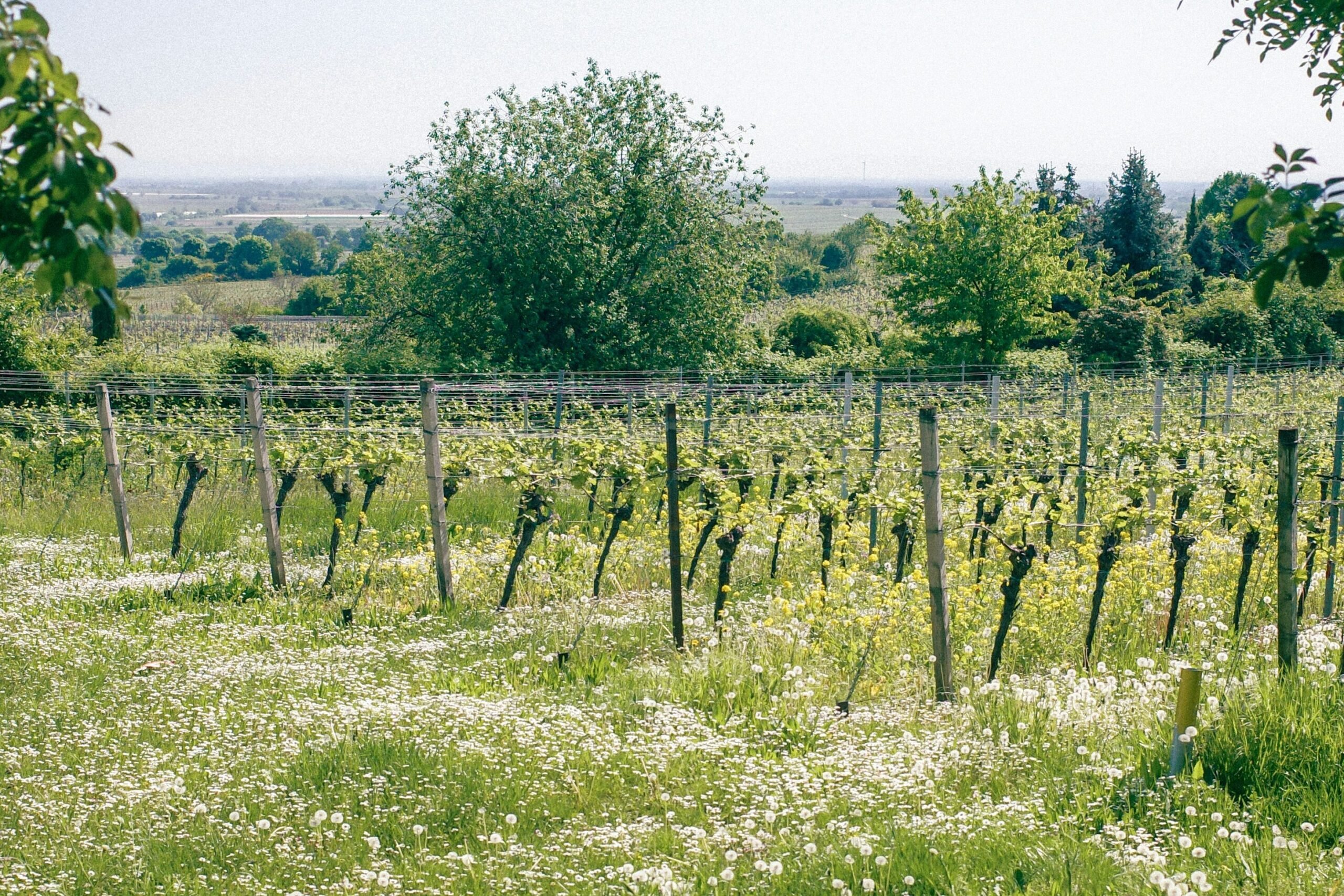
Trellised Vines: The Clean-Cut Workhorses
On the flip side, we have trellised vines. These are trained to grow along rows of wires, usually with a system called Vertical Shoot Positioning (VSP). Shoots go up, grapes hang down, and everything stays clean, consistent, and easy to manage.
Trellising shines in cooler or wetter regions, where airflow and sunlight exposure are key to keeping grapes healthy. It also allows for machines to lend a hand, whether it’s pruning, spraying, or harvesting. That means more efficiency and more predictability.
You’ll often find trellising utilized by higher-yield (read: more commercial) producers of wine for their growth and processing benefits.
So all told, why run with VSP wine-growing? Well, as a wine producer, you can expect higher yields and ease of scale. It’s less romantic, sure, but the precision can lead to some great wines, too.
So, What’s the Difference in the Glass?
Let’s simplify:
| Trait | Head-Trained | Trellised |
|---|---|---|
| Vibe | Rustic + organic | Neat + structured |
| Climate Fit | Hot + dry | Cool or damp |
| Farming | Manual labor, hands-on | Mechanization-friendly |
| Wine Style | Lower yields, vintage variability | Higher yields, consistent wines |
Which Is Better?
That’s like asking, “Which pizza is best?” It depends on what you like and where it’s made.
A beautifully farmed head-trained vineyard can give you wines with incredible soul—bold, complex, and deeply expressive. We love Ridge Vineyards, which farms head-trained Zinfandel (and other) grapes for their Sonoma Estate-based wines. Trellised vineyards, on the other hand, offer balance, consistency, and clean flavors vintage after vintage.
What matters most? The farming. The grape. The place. Training systems are just part of the story.
Sip-Worthy Takeaway
Whether the wine that you’re drinking comes from a scrappy bush vine or a well-groomed trellised row, there’s intention behind the glass. Different vines. Different methods. Different outcomes.
So next time you pop a bottle—say, an old-vine Zinfandel from dry-farmed bush vines or a crisp Sauvignon Blanc from a modern, high-wire setup—pause for a beat. Appreciate the choices that shaped that wine before it ever reached your table.
Because behind every good sip is a vine—and a farmer who decided how to train it.
And if you ask us, that’s the kind of behind-the-scenes detail that makes wine all the more sippable.



